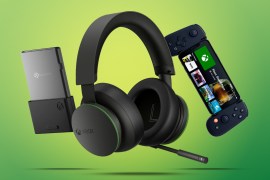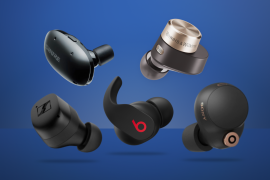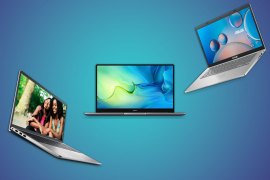The best Apple gear of the Steve Jobs era
How many of these products did you have?
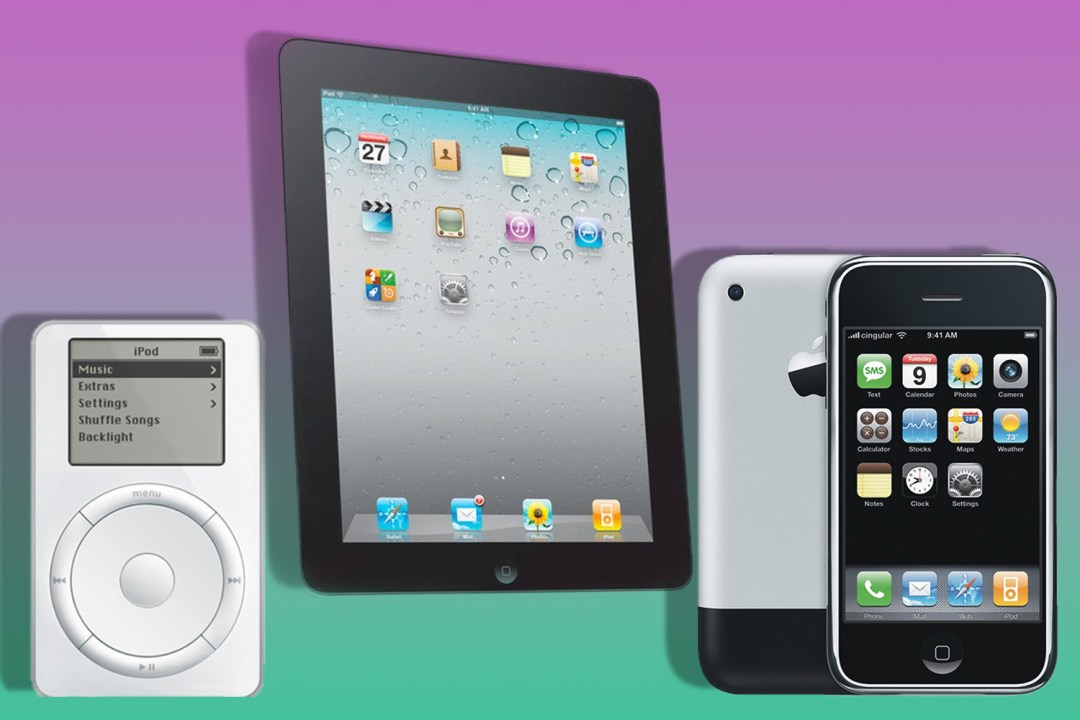
Today’s tech world owes a lot to Apple’s co-founder and former CEO, the late Steve Jobs. His visionary ideas resulted in numerous groundbreaking devices that revolutionised the gadget industry. Some of the best Apple products ever made trace their lineage to Jobs.
From the original Mac computer to the iPhone and everything in between, we’ve taken a deep dive into the technological innovations that emerged under his leadership at Apple.
The first Mac (1984)
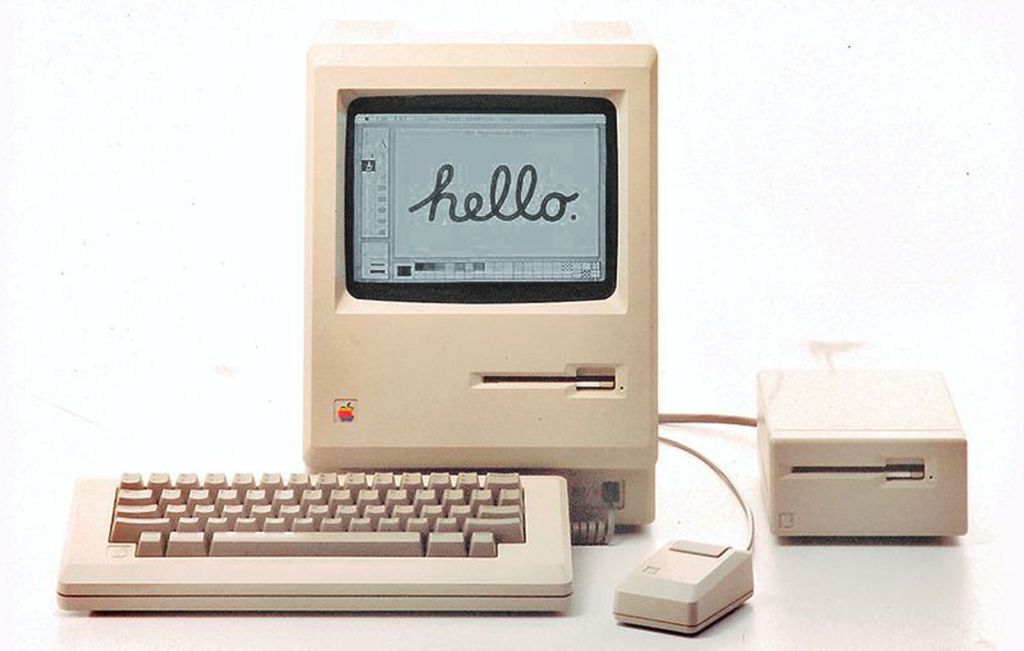
Apple launched the first Macintosh in 1984. It stood apart from other computers with a compact, all-in-one design and an intuitive Graphical User Interface (GUI). For the first time, users could navigate with mouse clicks – a much easier approach than what rivals were doing at the time.
The 512×342 display was high resolution for its day, although colours were off the table; this was a black-and-white only screen. A built-in floppy drive let users save their work efficiently; it also came with both the MacWrite word processor and MacPaint drawing program to showcase its potential for creativity and productivity.
Apple’s focus on user experience and intuitive design set a new benchmark for the industry, with other manufacturers scrambling to catch up.
The first iMac (1998)
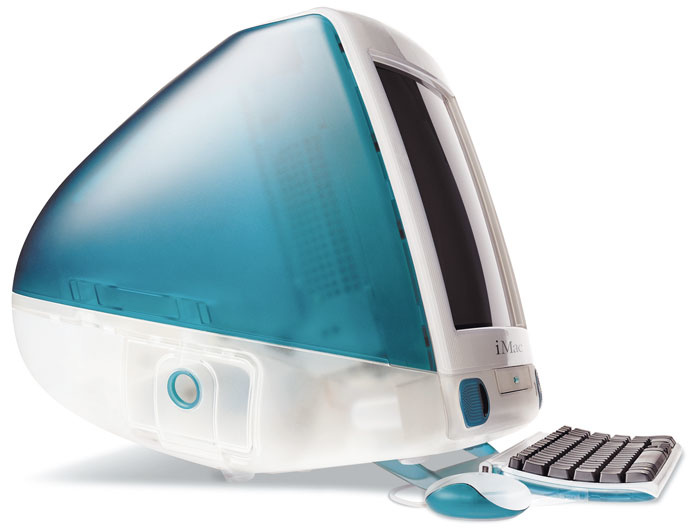
The colourful iMac was unleashed in 1998. It broke away from traditional computer design conventions, which were largely all dull grey towers, with translucent plastic and bright shades including Bondi Blue, Grape, and Strawberry. Its playful, unconventional look instantly caught consumers’ attention.
It was one of the first mainstream computers to eliminate the floppy disk drive, and to adopt USB ports for connecting peripherals. The iMac also introduced Ethernet networking, as the internet was becoming an increasingly important medium for users.
The first iMac reinvigorated Apple as a brand and established the company as an innovator in design. It also popularised the notion of an all-in-one computer, inspiring other manufacturers to follow suit.
iTunes (2001)
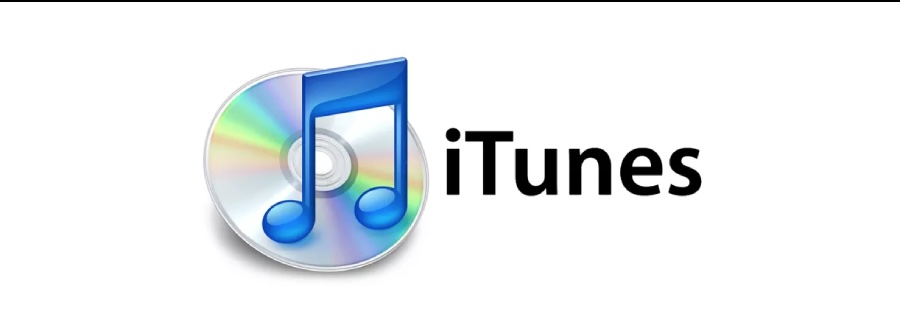
iTunes, launched in 2001, completely transformed the digital media landscape. Before iTunes, purchasing and managing music, movies, and TV shows was complicated (and often illegal). iTunes provided a legal and hassle-free solution for digital media consumption.
The integrated media player and online store enabled users to purchase, organise, and play content on their computers, as well as their iPods (which Apple introduced around the same time). iTunes’ success laid the foundation for Apple’s dominance in the digital entertainment industry. It was also one of the first to popularise the concept of digital ownership, letting users purchase and keep their favorite songs and movies forever.
Let’s not mention the PC version, which was terrible and generally rather buggy.
Best Apple products: the iPod (2001)
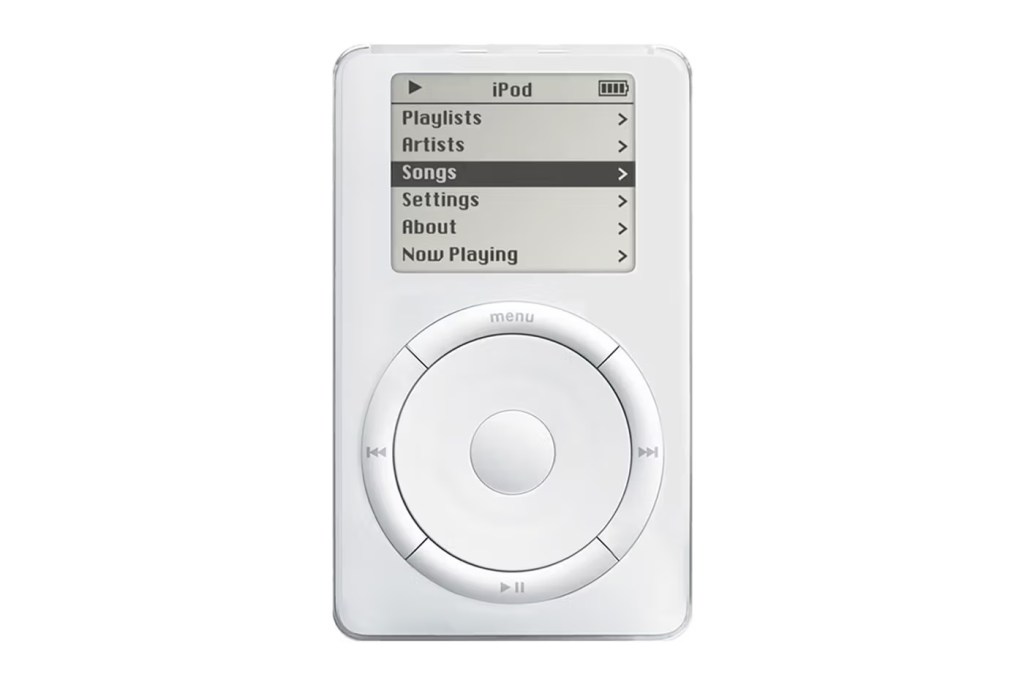
It was far from the first MP3 player, but once the iPod landed in 2001, users could finally carry their entire music library wherever they went. The click wheel interface quickly became iconic; the sleek design and compact size turned the iPod into a cultural phenomenon.
The device’s success led to the development of the iTunes Store, which in turn led to a decline in CD sales and a shift towards digital music consumption. The music industry was forced to adapt, and the iPod played a significant role in this transition.
Best Apple products: the iPhone (2007)
It’s hard to overstate what an impact the iPhone made on the world following its 2007 release. The first smartphone to feature a multi-touch display would go on to revolutionise how people communicate, work, and access information.
Before the iPhone, smartphones were clunky, rugged, and generally reserved for business executives and tech enthusiasts. Apple’s beautiful yet functional device opened the smartphone market to a much wider audience. A particularly user-friendly interface helped out massively, as did the introduction of the App Store a year later.
This online marketplace allowed developers worldwide to create and sell applications that could be downloaded directly onto the device. It made the iPhone a more versatile tool and created a new industry, with developers and entrepreneurs developing new and innovative apps that would change how we work, play, and socialise.
Over the years, the iPhone has continued to evolve and improve, with each new release bringing new features and capabilities. Today, the iPhone remains one of Apple’s most popular and essential products.
Best Apple products: MacBook Air (2008)
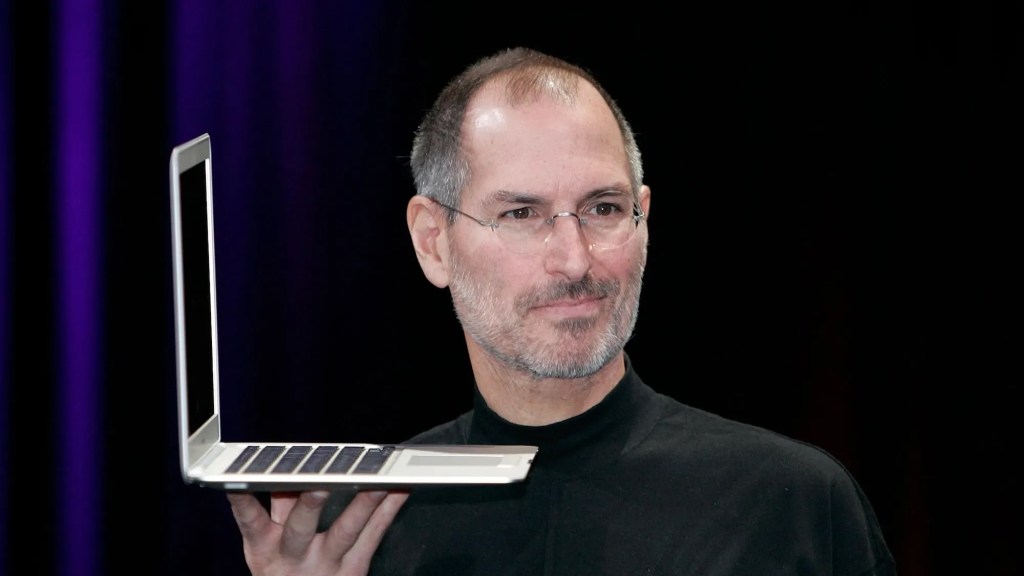
When Steve Jobs slid it out of an envelope on stage at 2008’s Macworld conference, the MacBook Air set new standards for thinness, portability, and performance. Machined from single piece of aluminium just 0.76in at its thickest point, it weighed just 1.36kg, which was unparalleled at the time.
Instead of a traditional hard disk, the MacBook Air adopted faster, more reliable flash storage. That helped it boot up quickly and access files almost instantly, as well as contribute to the thin and light design. Efficient hardware meant it could last up to five hours on a single charge – impressive for a laptop of its size at the time.
The MacBook Air became one of Apple’s most popular laptops, and paved the way for the Ultrabook category. Design standards it introduced are now commonplace among lightweight laptops.
Best Apple products: the iPad (2010)
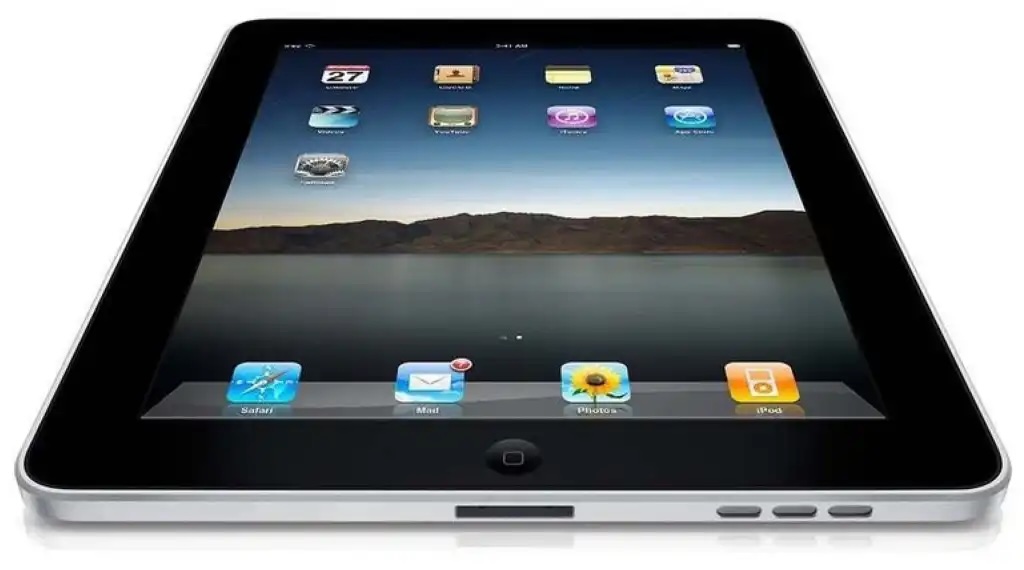
When it was revealed in 2010, the iPad was met with mixed reactions. Tablets were an emerging category, and some in the tech world couldn’t see the need for an “oversized iPhone”. Yet Apple still sold 300,000 units on the first day. The iPad would help redefine the notion of portable computing, by combining the best aspects of a laptop and a smartphone.
The larger display naturally provided a better viewing experience than a phone, and the touch interface allowed more natural interaction without the need for separate peripherals. That was in part down the range of tablet-optimised apps, which didn’t just replicate the mouse-centric UIs seen on desktop computers. The App Store offered different gaming, learning, and productivity apps, transforming entire industries.
Educators loved how the iPad provided a more interactive way to learn, with apps providing educational content in a fun and interactive way. The iPad also offered a more portable and lightweight alternative to traditional laptops, making it an ideal student device.
